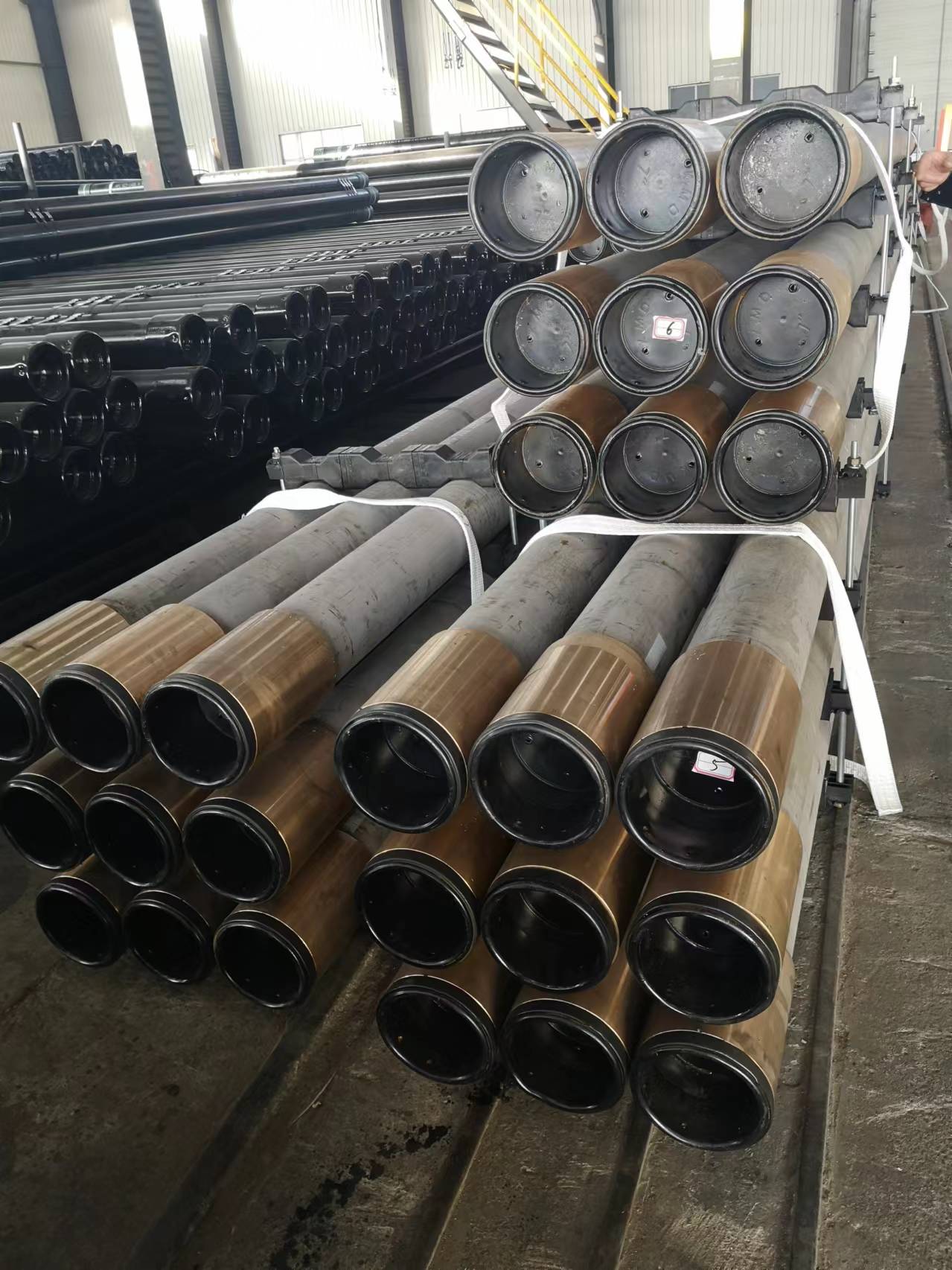- Afrikaans
- Albanian
- Amharic
- Arabic
- Armenian
- Azerbaijani
- Basque
- Belarusian
- Bengali
- Bosnian
- Bulgarian
- Catalan
- Cebuano
- Corsican
- Croatian
- Czech
- Danish
- Dutch
- English
- Esperanto
- Estonian
- Finnish
- French
- Frisian
- Galician
- Georgian
- German
- Greek
- Gujarati
- Haitian Creole
- hausa
- hawaiian
- Hebrew
- Hindi
- Miao
- Hungarian
- Icelandic
- igbo
- Indonesian
- irish
- Italian
- Japanese
- Javanese
- Kannada
- kazakh
- Khmer
- Rwandese
- Korean
- Kurdish
- Kyrgyz
- Lao
- Latin
- Latvian
- Lithuanian
- Luxembourgish
- Macedonian
- Malgashi
- Malay
- Malayalam
- Maltese
- Maori
- Marathi
- Mongolian
- Myanmar
- Nepali
- Norwegian
- Norwegian
- Occitan
- Pashto
- Persian
- Polish
- Portuguese
- Punjabi
- Romanian
- Russian
- Samoan
- Scottish Gaelic
- Serbian
- Sesotho
- Shona
- Sindhi
- Sinhala
- Slovak
- Slovenian
- Somali
- Spanish
- Sundanese
- Swahili
- Swedish
- Tagalog
- Tajik
- Tamil
- Tatar
- Telugu
- Thai
- Turkish
- Turkmen
- Ukrainian
- Urdu
- Uighur
- Uzbek
- Vietnamese
- Welsh
- Bantu
- Yiddish
- Yoruba
- Zulu
tubing crossover
Understanding Tubing Crossover A Key Component in Oil and Gas Operations
In the oil and gas industry, efficient extraction and management of resources are paramount. One critical element in the successful operation of oil wells is the tubing system, which ensures that crude oil and gas are transported safely and effectively from underground reservoirs to the surface. Within this framework, the concept of “tubing crossover” plays a vital role.
What is Tubing Crossover?
Tubing crossover refers to the transition between different sizes or types of tubing within a well. This transition usually occurs when the need arises to change the diameter of the tubing to better suit varying pressures, flow rates, or types of production fluids encountered during extraction. For instance, a well may start with a larger diameter tubing to accommodate high flow rates but may require a smaller diameter tubing later as the flow decreases or shifts, ensuring optimal production and minimizing costs.
Importance of Tubing Crossover
1. Optimal Flow Management One of the primary benefits of tubing crossover is the ability to manage flow optimally. Different stages of production can exhibit varying conditions. By employing a crossover, operators can calibrate the tubing system to enhance the flow of resources, thereby increasing the overall efficiency of the extraction process.
2. Pressure Control Tubing crossover is crucial in maintaining the correct pressure within the well. Different tubing sizes allow for better control of the pressure conditions that are vital for safe and effective extraction. High pressure can lead to complications such as blowouts, while too low a pressure can result in poor production rates. Thus, a well-designed crossover strategy can help mitigate these risks.
tubing crossover

3. Cost-Effectiveness Changing tubing sizes can also prove to be more cost-effective in the long run. By utilizing different diameters based on real-time production data, operators can minimize unnecessary costs associated with both materials and maintenance. Smaller tubing systems typically require less material and thus reduce the weight that the wellbore must support, contributing to overall savings.
4. Flexibility in Production Techniques The oil and gas industry is notorious for its unpredictable nature. With varying production scenarios and challenges that arise during drilling and extraction, having a tubing crossover system allows operators to respond more flexibly to changes. If production changes from oil to gas or vice versa, the crossover can accommodate these changes seamlessly.
Challenges and Considerations
While tubing crossover offers significant advantages, it also presents challenges that operators must navigate carefully. For instance, the installation of crossover connections requires precision engineering and can introduce points of failure in the system. The integrity of these connections is paramount, as any failure can lead to costly leaks, safety hazards, and environmental issues.
Further, the decision to implement tubing crossover involves meticulous planning and forecasting based on geological assessments and production modeling. Operators must thoroughly analyze the specific conditions of their wells to determine the most effective crossover strategy, taking into account factors such as reservoir characteristics and anticipated changes in production.
Conclusion
In summary, tubing crossover is a crucial aspect of tubing systems in oil and gas operations. It enables flexibility, enhances flow management, and plays a vital role in pressure control, ultimately leading to improved production efficiency and cost-effectiveness. As the industry continues to evolve, understanding and optimizing tubing crossover will be essential for maximizing the potential of oil and gas resources while ensuring safety and environmental stewardship. By mastering this concept, operators can better navigate the complexities of resource extraction, contributing to the overall success of their operations.
-
Tubing Pup Joints: Essential Components for Oil and Gas OperationsNewsJul.10,2025
-
Pup Joints: Essential Components for Reliable Drilling OperationsNewsJul.10,2025
-
Pipe Couplings: Connecting Your World EfficientlyNewsJul.10,2025
-
Mastering Oilfield Operations with Quality Tubing and CasingNewsJul.10,2025
-
High-Quality Casing Couplings for Every NeedNewsJul.10,2025
-
Boost Your Drilling Efficiency with Premium Crossover Tools & Seating NipplesNewsJul.10,2025







